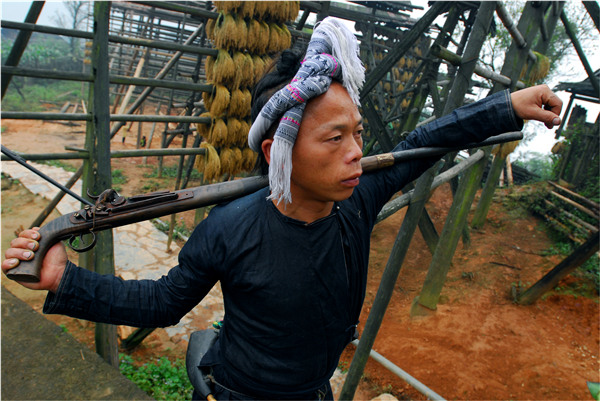 |
|
Some 2,500 residents of Basha Miao ethnic village in southwest China continue to preserve the traditional way of life passed down from generation to generation for more than 2,000 years.[Photo/CFP]
|
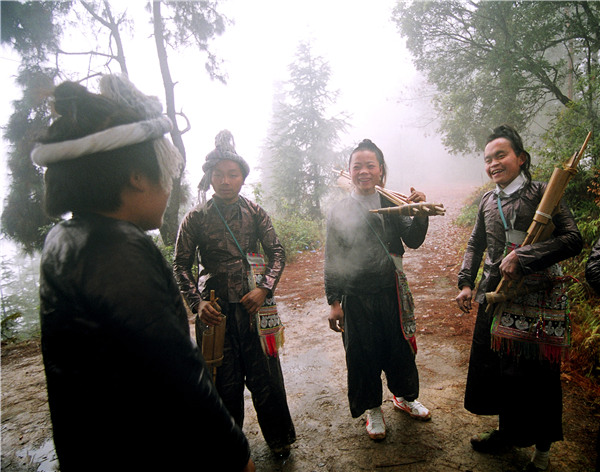 |
|
Some 2,500 residents of Basha Miao ethnic village in southwest China continue to preserve the traditional way of life passed down from generation to generation for more than 2,000 years.[Photo/CFP]
|
Some 2,500 residents of Basha Miao ethnic village in remote Congjiang County of southwest China's mountainous Guizhou Province continue to preserve the Miao people's traditional way of life passed down from generation to generation for more than 2,000 years.
Clad in Miao costumes made of hand-woven cloth, adults wear broadswords in their waistbands and carry fire lances over their shoulders. China's public security authority has given them special permission for gun ownership, but only within the mountains where they live in. They are called the last gun-toting tribe in China.
The Basha people use sickles to cut their hair, worship ancient trees and elemental forces, and have a traditional adult rite after which the young people are entitled to have their own guns that accompany them through life.
At the entrance of the mountain village, rows of villagers wearing silver jewelry and playing traditional musical instruments, greet visitors with rice wine in buffalo horns denoting auspiciousness. The Miao people fire their guns into the sky to welcome visitors from afar, just as the government uses a gun salute to welcome State guests.
The adult ceremony denotes Basha boys have entered adulthood and independence. On the day of the ceremony, the boys can invite their friends to hunt birds in the mountain or catch fish in the river. The more they catch, the more achievements they will have in their life. The birds and fish they catch form the main dish of their ceremonial meal. They drink rice wine, sing ancient Miao songs and perform traditional dances in a carnival atmosphere, after which the tribe's wizard or chief cuts their hair with a sickle, transforming them into "independent household owners". They can then carry the gun their father has made for them to hunt in the mountains and earn their own living and start a family.
The tribal chief cuts off all the boys' hair except for an area on top that is later worn in a bun as an indictor of adulthood, and this hairstyle is kept throughout their life. It is said to be the oldest male hairstyle still seen in China today. Some anthropologists call it the hairstyle of a "living terracotta warrior."
Basha men wear a broadsword on the left of their waist and ox horn powder peg and calabash polished with iron sand on the right, as well as lucky belts on the back of their waists, which are given by their lovers. The more lucky belts a man has, the more female pursuers he has.
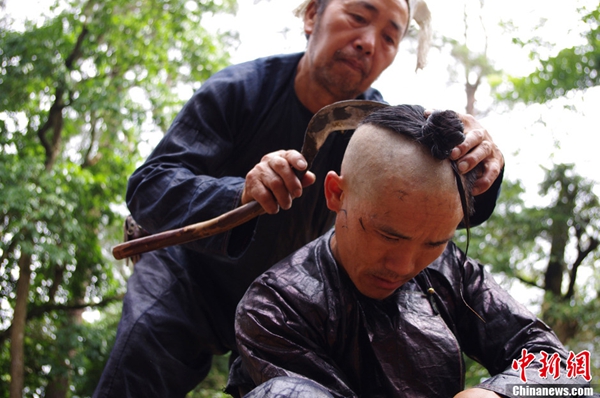 |
|
Some 2,500 residents of Basha Miao ethnic village in southwest China continue to preserve the traditional way of life passed down from generation to generation for more than 2,000 years.[Photo/chinanews.com]
|
Basha men wear black upper outer garments with brass buttons, and black trousers with broad legs. The loose clothes are comfortable and convenient in hunting and fishing. Basha women wear loose upper clothes, and pleated skirts. They wrap their legs with cloth delicately embroidered with old fancy patterns. They wear big, garish silver bracelets on important days.
Basha people express their love through songs. The males help the females take care of the small patches of farmland, and they organize parties at night. The women feel proud if they are popular among the males, especially when some of their pursuers come from the other villages. In many cases, males are shier than females in Basha.
Basha people live in stilt houses built on mountain slopes with wood and tiles. The gap between the floor and the ground prevents the mountain damp from entering the room from below, and is an effective protection against wild animals.
Basha villagers still maintain old customs of worshipping ancient trees. In the village, every family plants a patch of trees when a baby is born in the family. The trees grow together with the child. After he or she dies, the family cut down a tree to make a coffin, and plant a new tree on his or her tomb, representing the continuation of life.
The Basha have many old trees. Worshipping these trees means paying respect to ancestors and tribal history. The tribal chef said it is a good way to maintain discipline and order in the community.
July 13th and 14th under the lunar calendar is Chixin Festival of Basha, when the villagers prepare sacrifices to their ancestors. Besides, there are the Miao New Year, Yingshanhong Festival, Lusheng Festival and Ghost Festival in Basha during the year. Basha people are good at making daily necessities from wood, bamboo and animal bones, and are proud of their self-sufficient life.
China's last gun-toting tribe
(china.org.cn)Updated: 2016-02-17 15:26
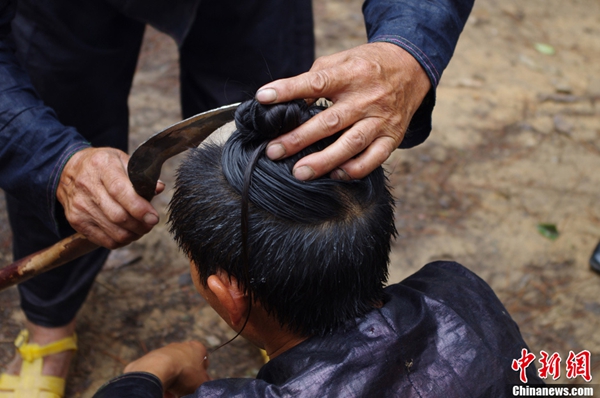 |
|
Some 2,500 residents of Basha Miao ethnic village in southwest China continue to preserve the traditional way of life passed down from generation to generation for more than 2,000 years.[Photo/chinanews.com]
|
|
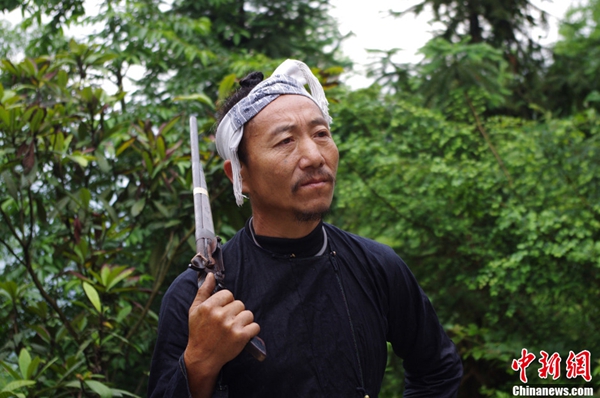
|
|
Some 2,500 residents of Basha Miao ethnic village in southwest China continue to preserve the traditional way of life passed down from generation to generation for more than 2,000 years.[Photo/Chinanews.com]
|
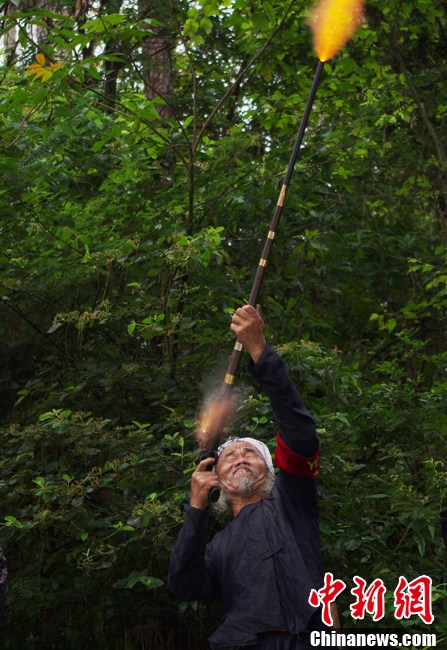 |
|
Some 2,500 residents of Basha Miao ethnic village in southwest China continue to preserve the traditional way of life passed down from generation to generation for more than 2,000 years.[Photo/chinanews.com]
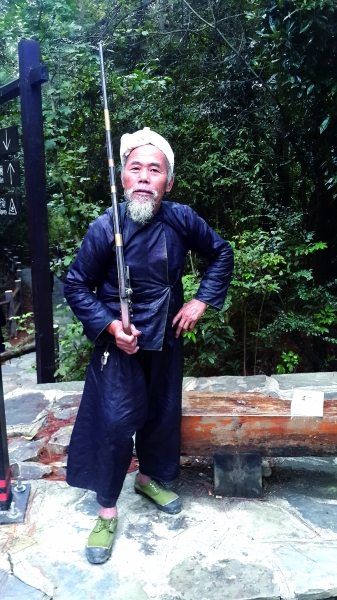 |
|
A 78-year-old resident. [Photo/Xinhua]
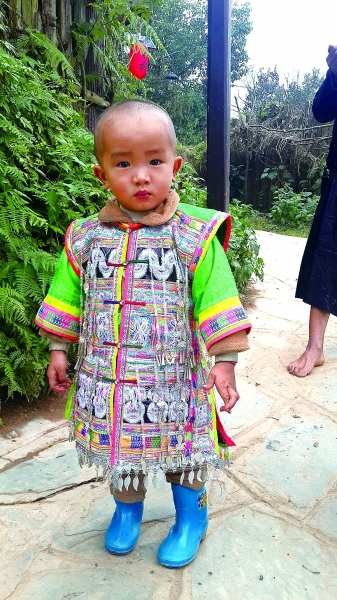 |
|
A boy in local costume. [Photo/Xinhua]
|
|
|
(china.org.cn)
Using WeChat? Scan QR Code or Press the Fingerprint Below ↓
--- (Or ADD WeChat ID: OKOKOKOKnet)
